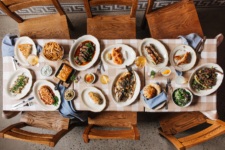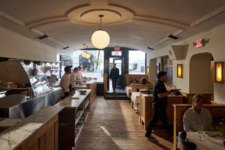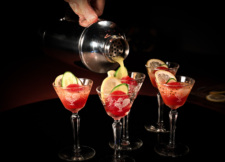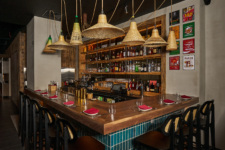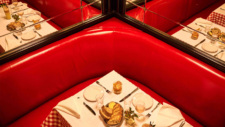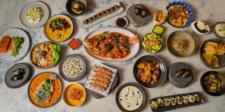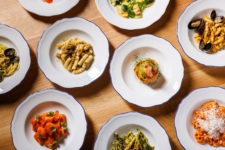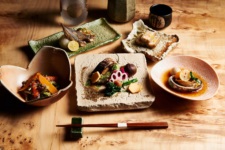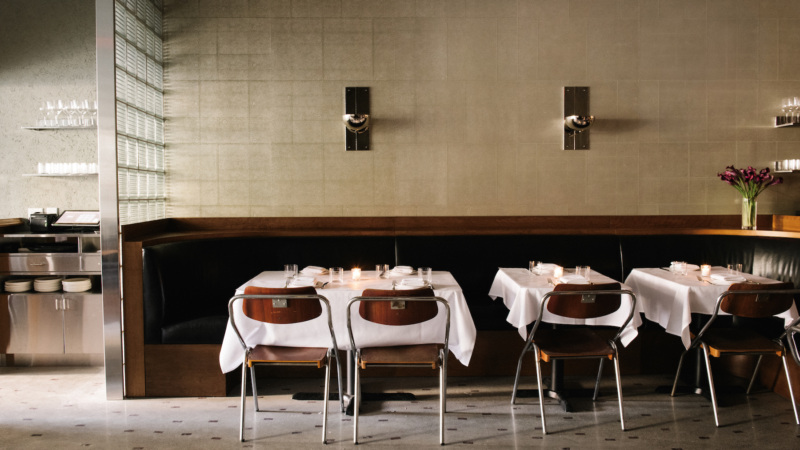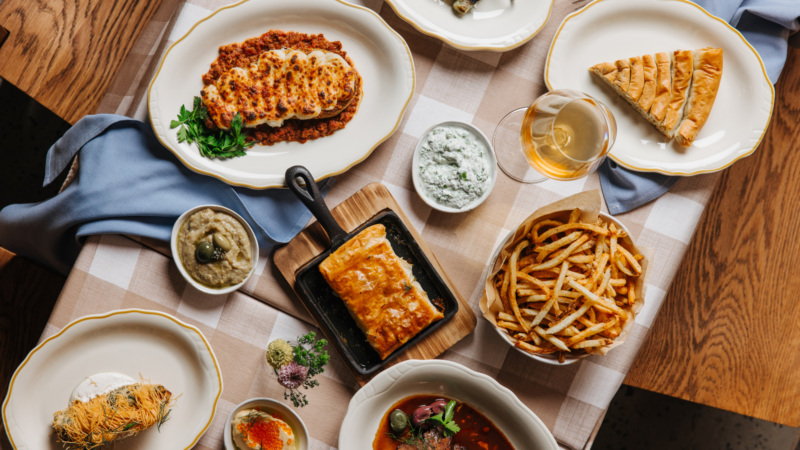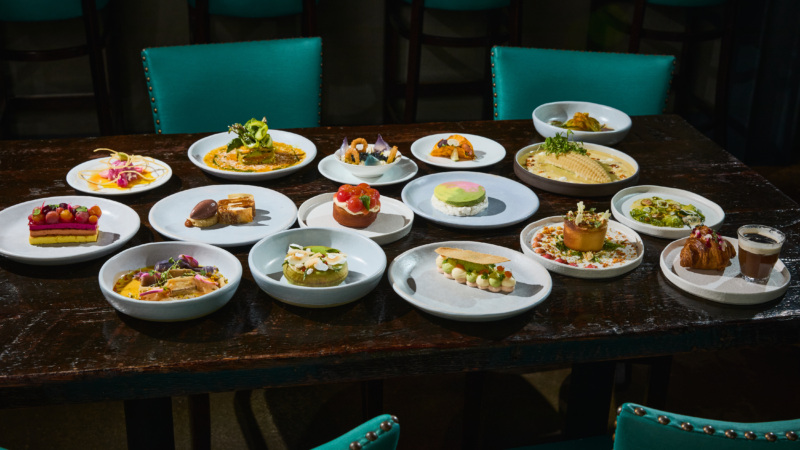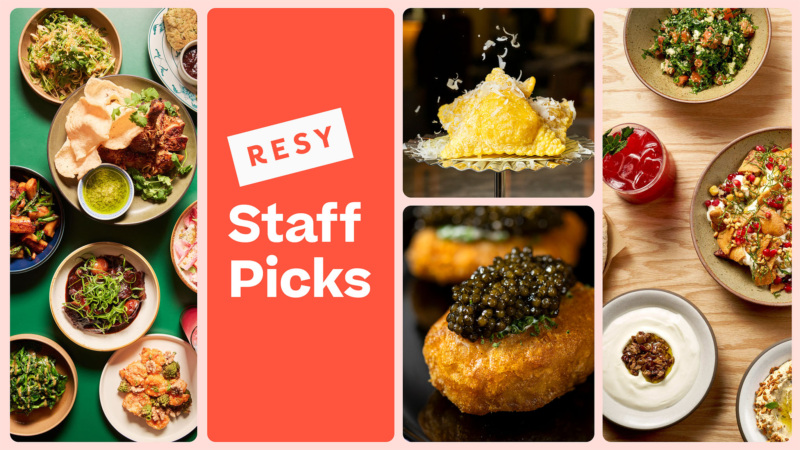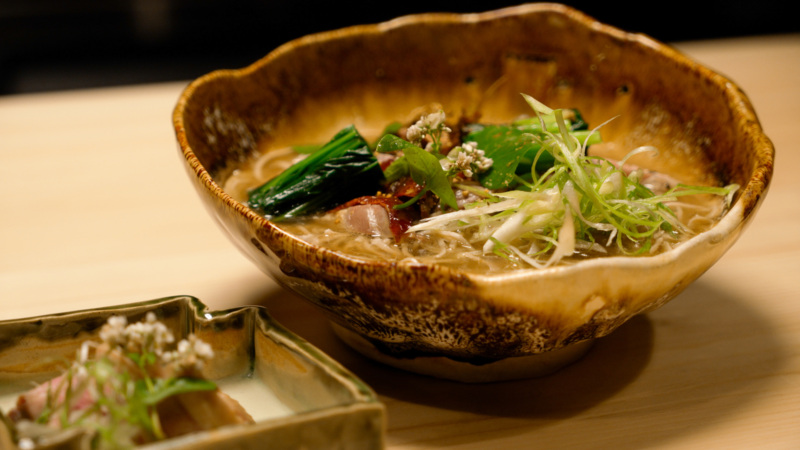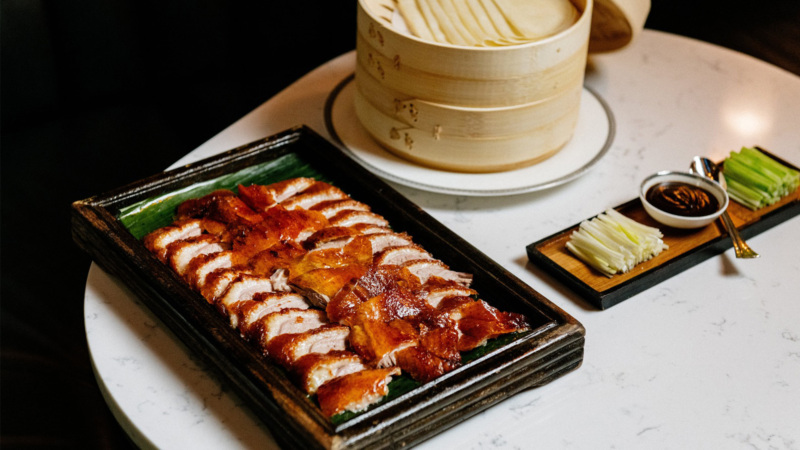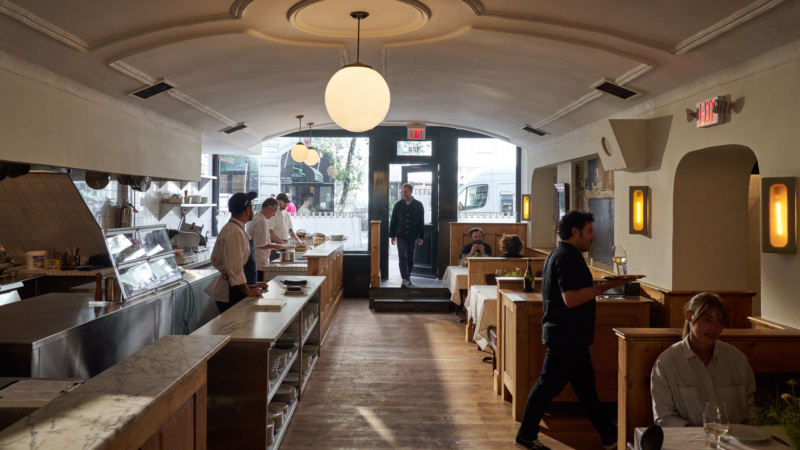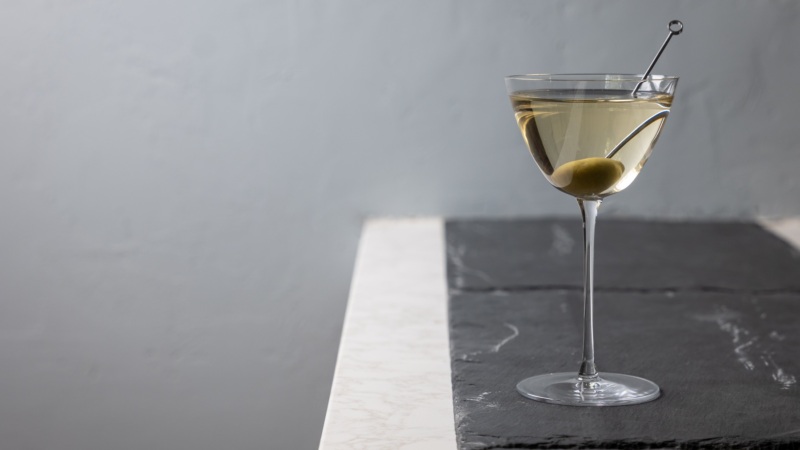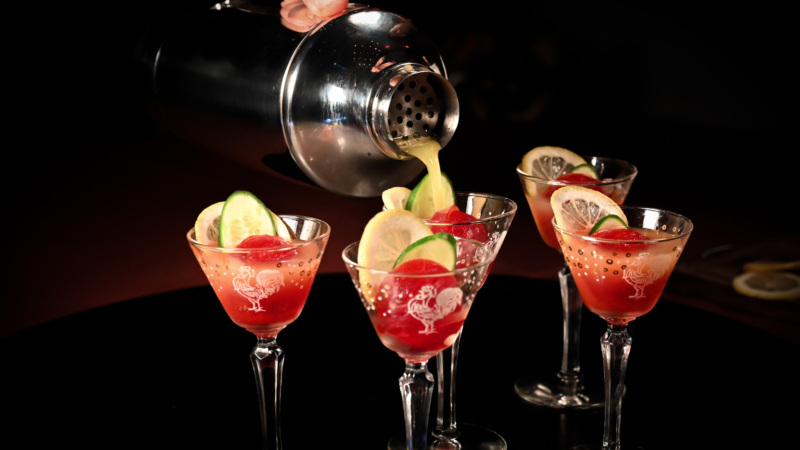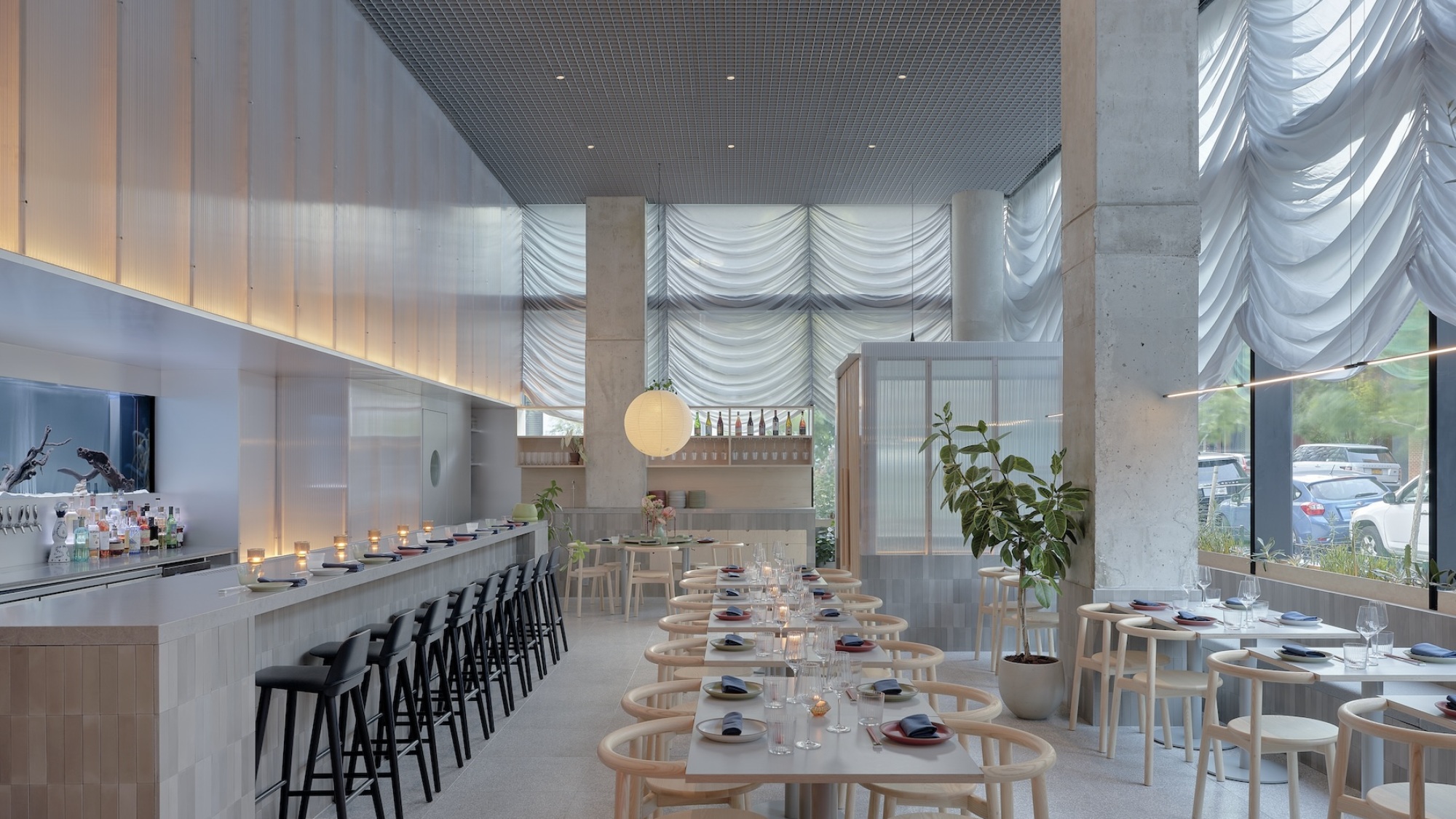
All About Nin Hao, Now Open in Prospect Heights
On Sept. 14, a new restaurant from one of the co-founders of the MáLà Project, quietly opened on Dean Street in Prospect Heights, Brooklyn. And already, it’s catching buzz for spotlighting a cuisine not often explored by Chinese restaurants in New York — Fujianese — and for emphasizing a robust wine list, curated by none other than former Olmsted and Estela sommelier Zwann Grays.
We sat down with founder Evan Toretto Li and with Grays to find out everything you need to know about Nin Hao before you go, like how his mother’s trusted taro pork rice balls made it onto the menu, and why it’s so exciting to pair wine with a cuisine as uncharted as Fujianese. Reservations for Nin Hao go live on Resy on Oct. 1.
The Resy Rundown
Nin Hao
-
Why We Like It
Expect to find familiar dishes with a Fujianese twist, and some totally new dishes that are sure to surprise and delight. The food is bountiful, comforting, and great to share with a crew. -
Essential Dishes
Mountain jelly salad; Fujianese spicy Rouyan wonton; seafood pancake; or crispy shrimp for starters. For mains: the General Tso’s whole chicken, or the crab-topped Coco Vancouver glass noodle. -
Must-Order Drinks
Anything from the wine list, which will change seasonally and have a guest wine director curate each menu with a different focus. This fall, the focus is on female winemakers. Each of the eight cocktails on the menu is inspired by a different Chinese province.
-
Who and What It’s For
People curious about or homesick for Fujianese food and wine lovers, but also everyone who loves to eat well. This is the kind of place where you can bring your baby, grandmother, or a date. The more, the merrier: portions are generous and meant to be shared. -
How to Get In
Reservations drop 30 days in advance at midnight. -
Fun Fact
Do scope out the mural done by Taiwanese artist Chemin Hsiao. It features 23 stories from his life that guest wine director Zwann Grays for which has made corresponding wine pairings.





1. The Backstory
Nin Hao has been a long time in the making. Owner Li immigrated to Sunset Park, Brooklyn, from China when he was 18 and instantly found a home in the city’s restaurants, working at establishments like Cafe China, Pinch Chinese, and Nobu, where he’s held just about every title, from busser to manager. But it was during his time at dim sum destination Tim Ho Wan where he first got the idea for what would become Nin Hao. It was there he met chef Kim Hui Teo, a fellow Fujianese immigrant, and they bonded over the fact that it was a challenge to find their Fujianese cuisine in the U.S. Both continued to work in other restaurants afterward, but the idea stuck with Li.
Li knew he wanted this restaurant to be different. It wasn’t just going to be another outpost of his much beloved MáLà Project, which he co-owns with Amelie Kang; it was going to be more personal. This would be the Fujianese food he grew up with, but in a modern way, not just when it came to the menu, but also in the way it operates. (More on that later.) In fact, his mother even consulted on the opening menu, so it’s also a family affair, in a way.
Another big differentiator for Nin Hao? The wine. Li always knew wine would play a major part in Nin Hao, too — something that isn’t always so common in Chinese restaurants.
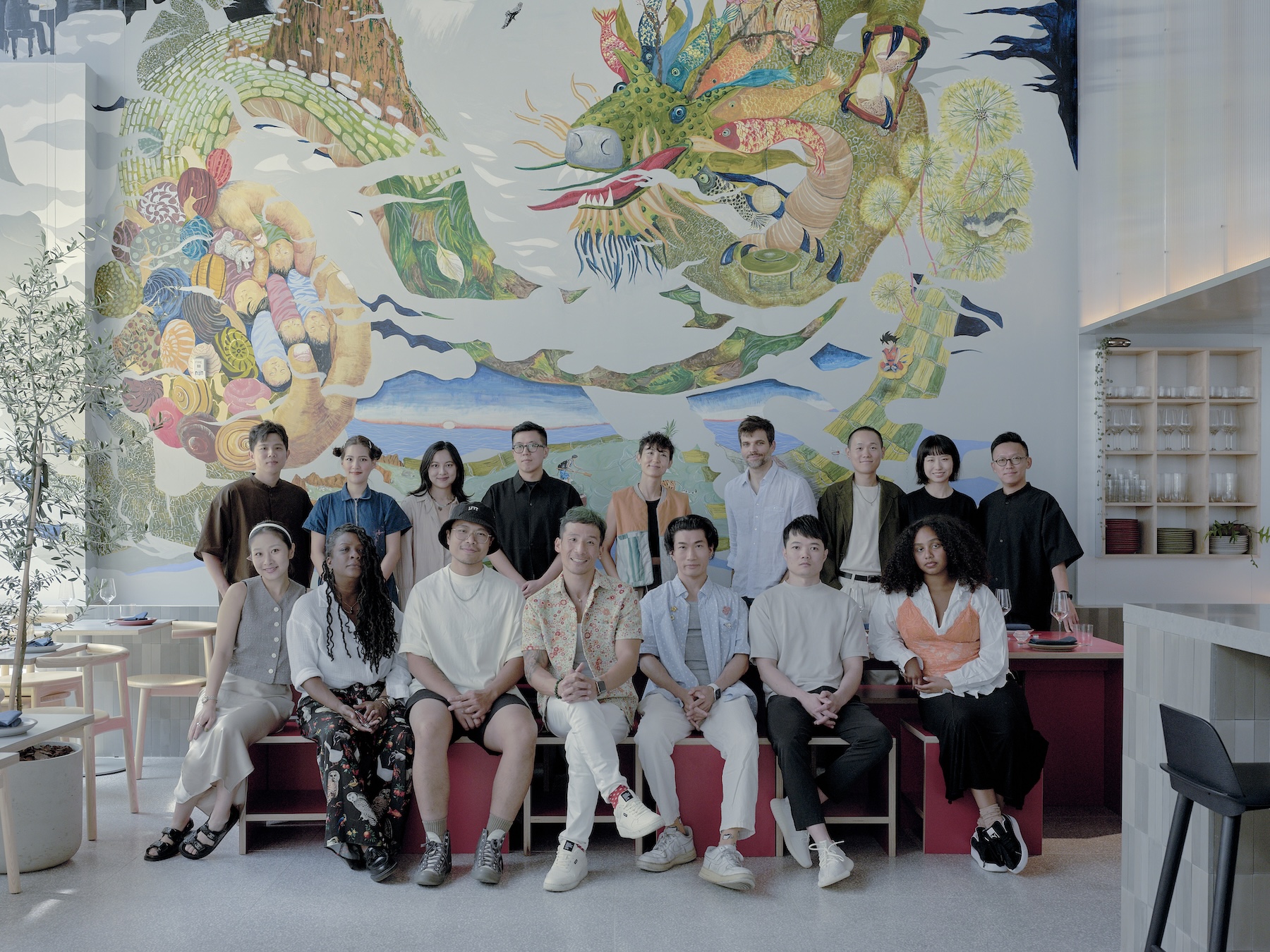

2. It’s got an all-star team of industry vets behind it.
He also knew exactly who he’d want to help him craft the wine list for Nin Hao: Zwann Grays, whom he bonded with while working at Pinch Chinese.
“Zwann is a wonder woman,” he says. “I knew I wanted her involved as soon as I met her.” Grays is a wine educator with a focus on sustainable, low-intervention wines and has worked at some of the city’s most acclaimed restaurants, including Estela and Olmsted.
The wine list will change seasonally with a new guest collaborator, and Grays was tasked with creating Nin Hao’s opening wine list. Her opening menu, themed “The Future is Female,” highlights women in winemaking. Following this list, Pinch Chinese sommelier Irvan Lin will take over, putting forth a list of predominantly Asian winemakers.
Chef Teo brings experience from kitchens like Red Farm, Tri Dim Shanghai West, and Tim Ho Wan, where he was the executive dim sum chef. That means you can expect excellent dumplings, both steamed and fried, and creative interpretations of dim sum, from pork ribs lacquered in salted duck egg yolk to seafood pancakes with oysters and dried seaweed.
At Nin Hao, each staff member is also empowered and encouraged to rotate through positions. There aren’t hierarchies like you might find in other restaurants, and there won’t be a set manager; rather, Li will be around to guide and lead them. “These are adults, they need a leader, not a boss” he says.
Much of the staff is made up of creatives, from musicians and designers to filmmakers, and it’s highly likely that one of the musicians has curated the playlist to set the perfect dining scene.

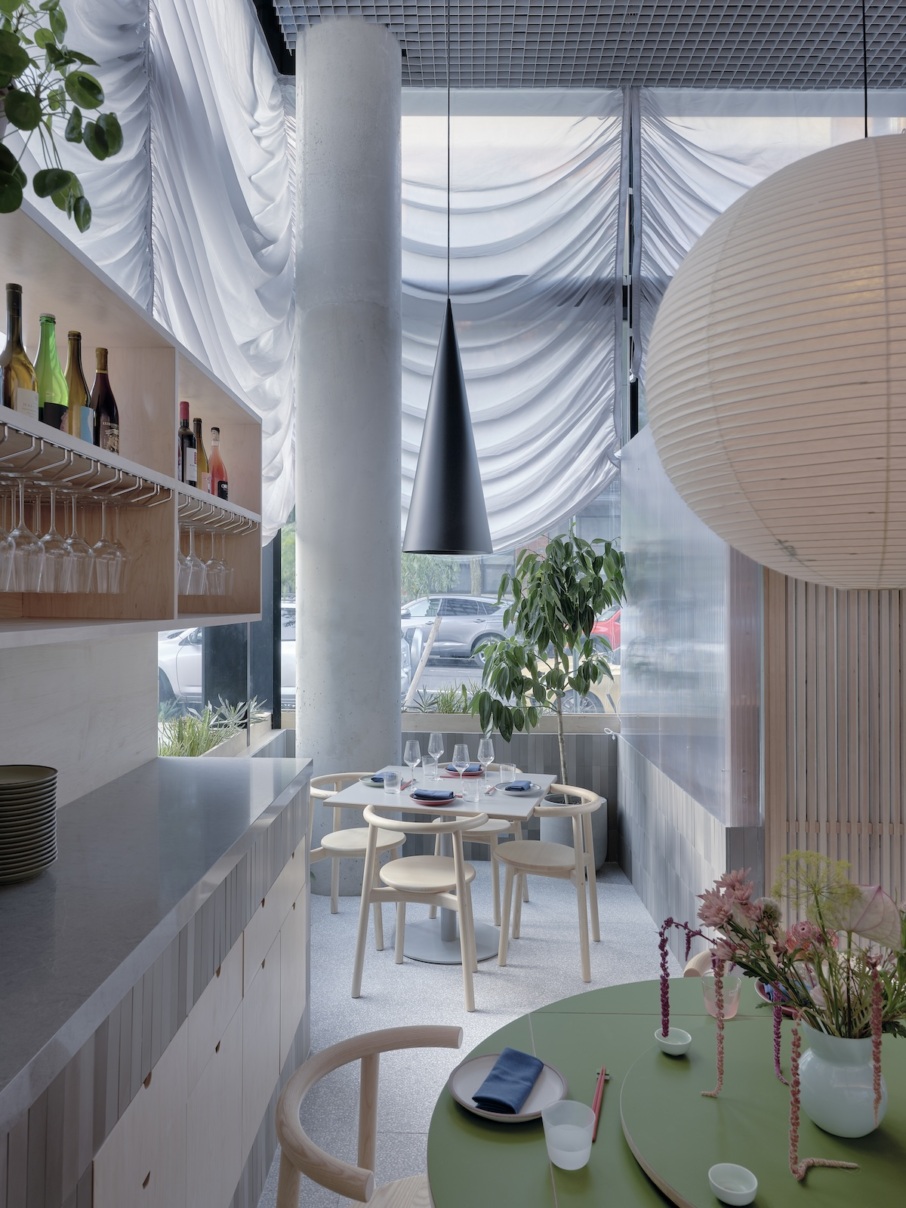
3. Let’s talk about the space, and the vibes.
The sleek dining room was designed by the firm Plan Plan. Founded by three Taiwanese architects, Plan Plan’s modern, clean, and minimal style resonated deeply with Li. The restaurant is marked by high ceilings and large windows that flood it with natural light throughout the day. In the evening, the lights dim and the room glows through lighting installed in a paneled wall. There’s also a fun nod to the classic Chinese restaurant in the form of a 12-foot-wide aquarium behind the bar.
As for the vibe, Li says, “I want it to feel like a party at your best friend’s house. We bond by sharing and that’s how we create human connection.” Expect the playlist to be eclectic, with some jazz and whatever the resident DJ on staff decides.
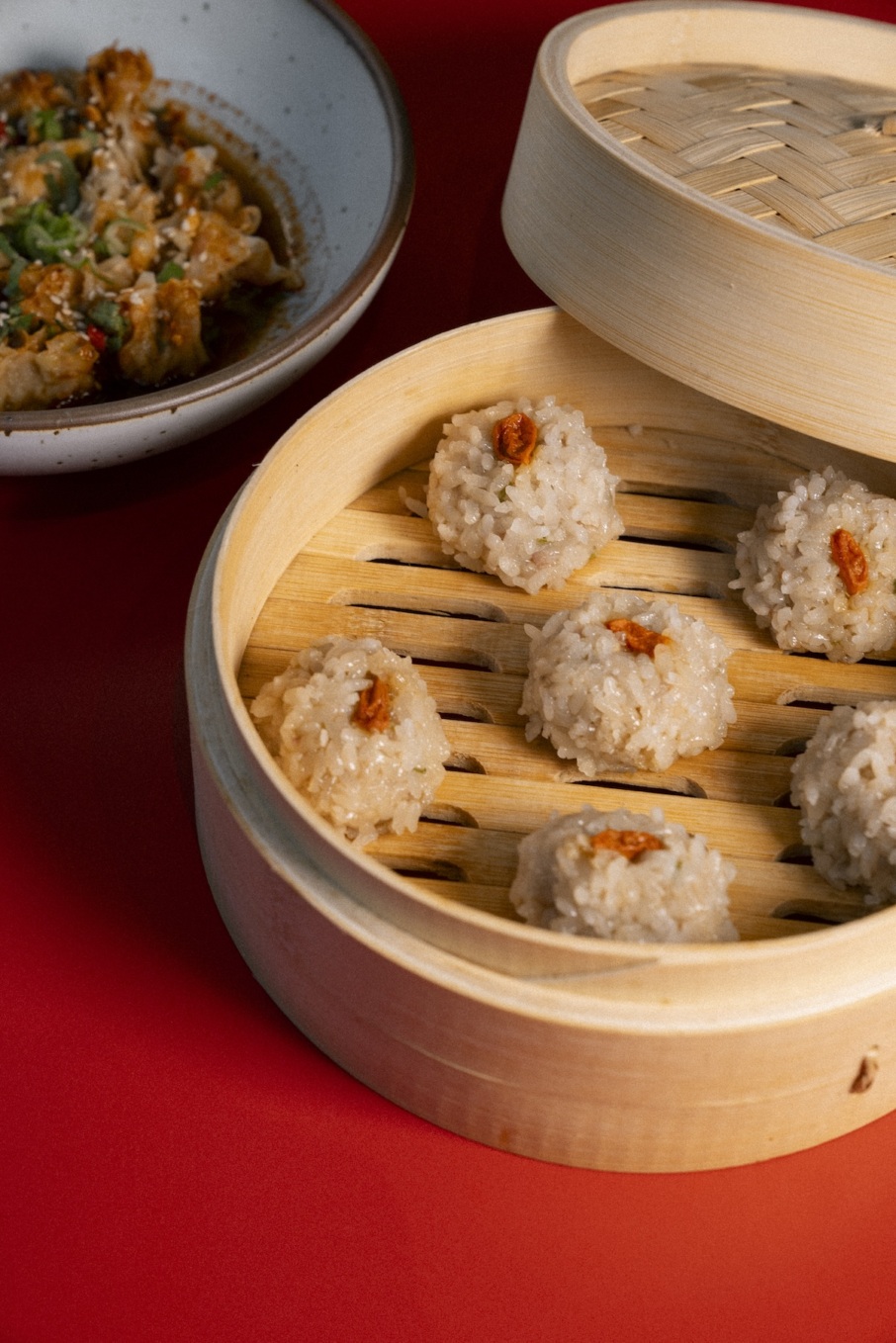
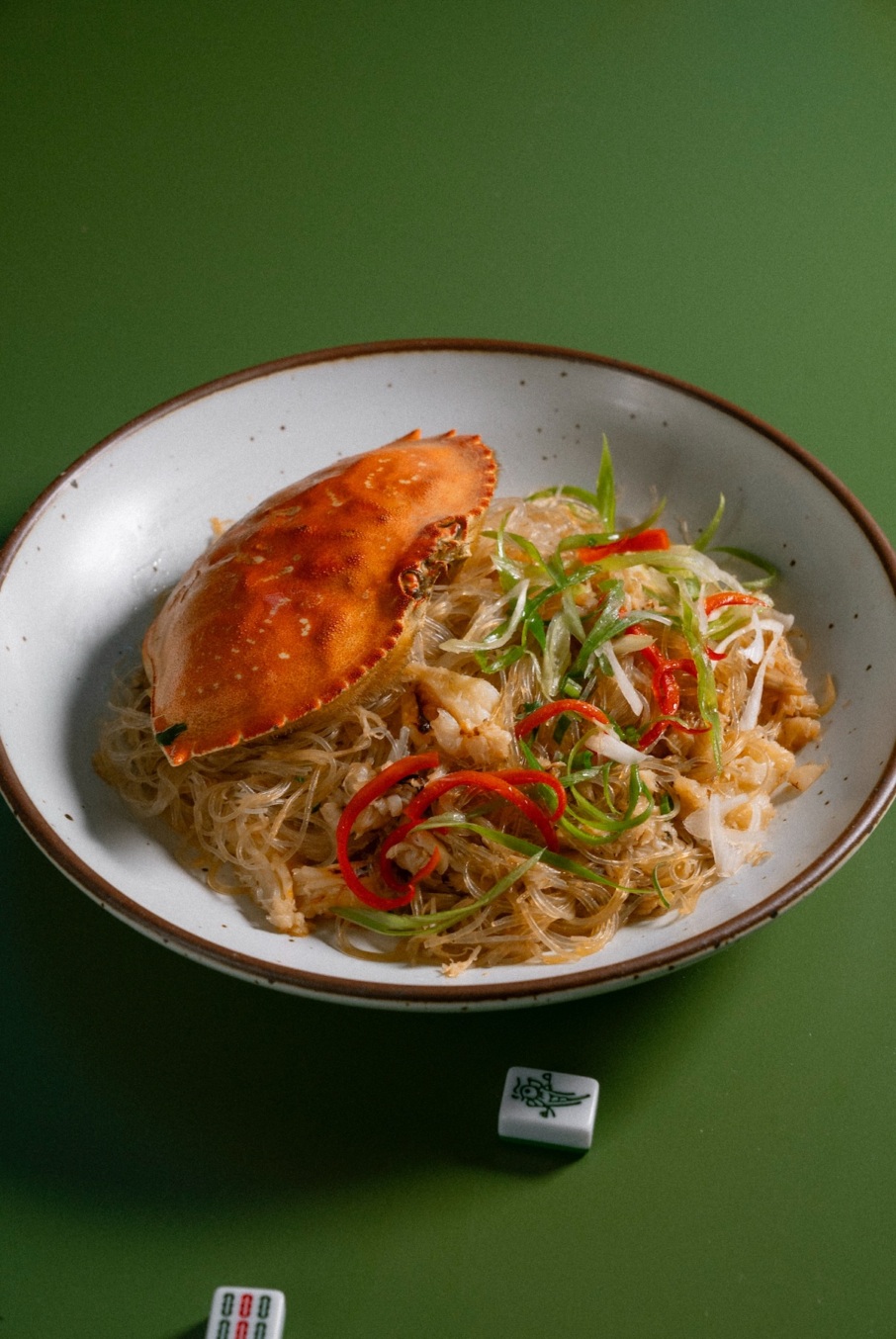
4. What about the food?
Some of Nin Hao’s menu might resemble other regional Chinese restaurants at first glance, and you will find some non-Fujianese specialties like mapo tofu and General Tso’s chicken (a butterflied whole bird, however) on the menu as well. But Nin Hao also uses different herbs and spices that tend to be more associated with Southeast Asian cuisine like shrimp paste and fish sauce — a reflection of chef Teo’s Malaysian heritage.
In keeping with Fujianese culinary traditions, there is also plenty of seafood, broths, and flavors that tend to be more delicate than, say, the assertive flavors that are often associated with Sichuan cuisine. Li and Teo wanted to take the opportunity to highlight their native cuisine since the Fujianese community has long been a backbone of the city’s restaurant industry, but few Fujianese restaurants exist.
Nin Hao’s menu is relatively short by Chinese standards, composed of only 20 to 25 dishes that are divided into appetizers, mains, grains and vegetables. With Li’s own mother consulting on the menu, the team leaned heavily into family recipes: You’ll find Li’s mother’s taro pork fried rice as well as her beloved recipe for glass noodles with crab. Chef Teo has brought on a sauteed egg and tomato dish inspired by Thai prawn curry. Some of the seafood is fried, like a crispy calamari dish with Thai basil often found at Taiwanese night markets, but there’s also a whole steamed fish topped served silken tofu and pickled greens.
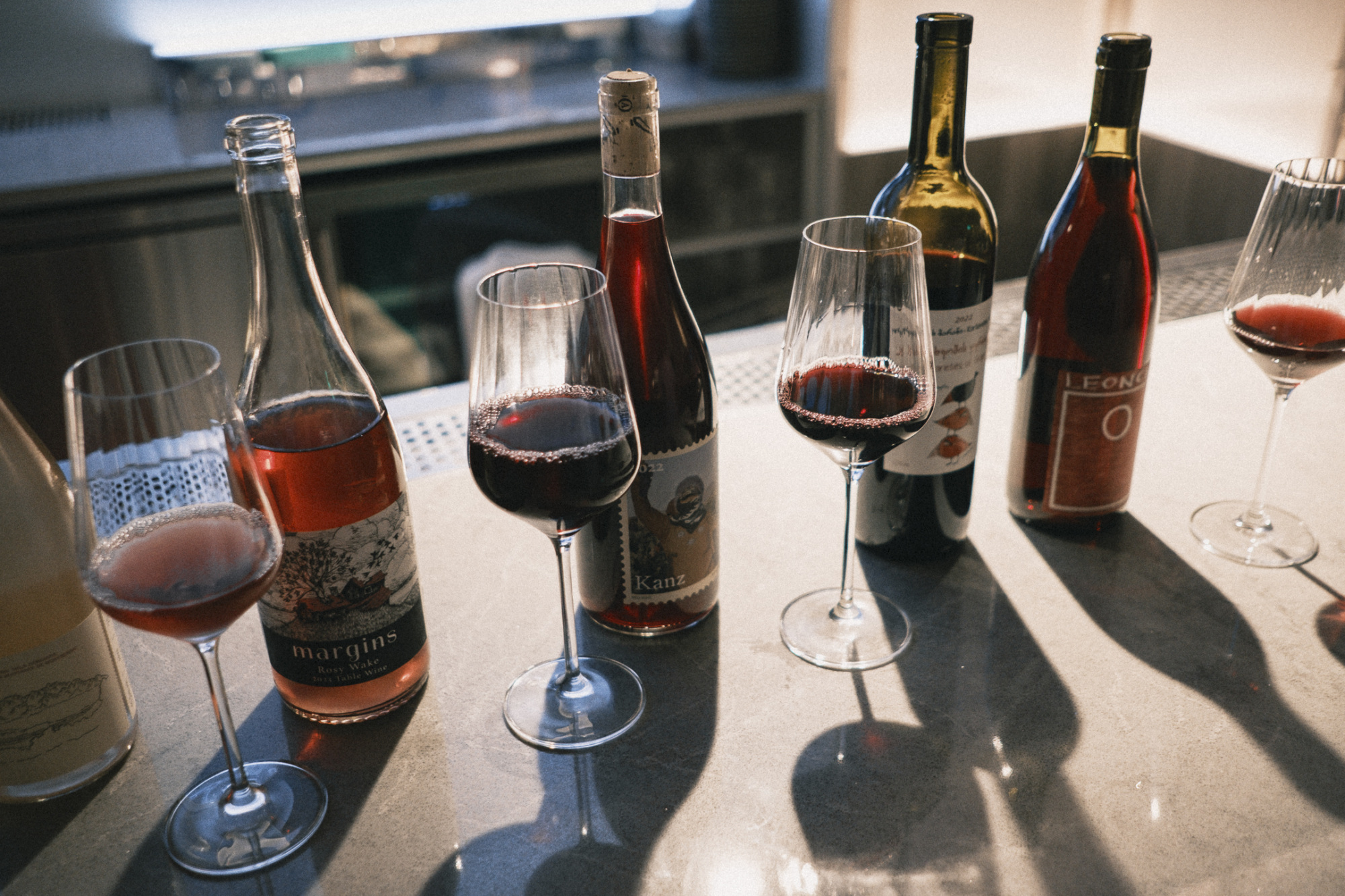
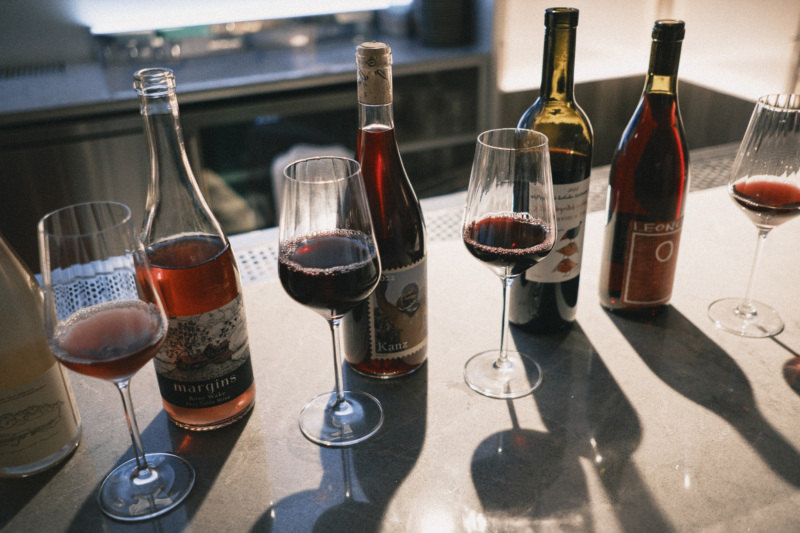
5. What are we drinking?
The succinct cocktail menu of just eight drinks inspired by different Chinese provinces, doesn’t disappoint; each is thoughtful, inventive and balanced. Try the refreshing Hang Zhou, made with shochu, yuzu, plum and green tea, or the almost-soda-like Bei Jing with yogurt-washed Aperol, mandarin, and sparkling wine.
Grays’ opening wine list features women winemakers she knows and loves, and while she has paired wines with Chinese cuisine before, pairing wines with Fujian cuisine proved different.
“It’s the spices, the ingredients and the combination of textures to flavors with familiar ingredients and also very much the culture,” she explains. “In Italy, France, Spain, America … [the] pairings are already there, but Fujian cuisine is an open book. It’s not a culture with a storied wine drinking history, like many others.”
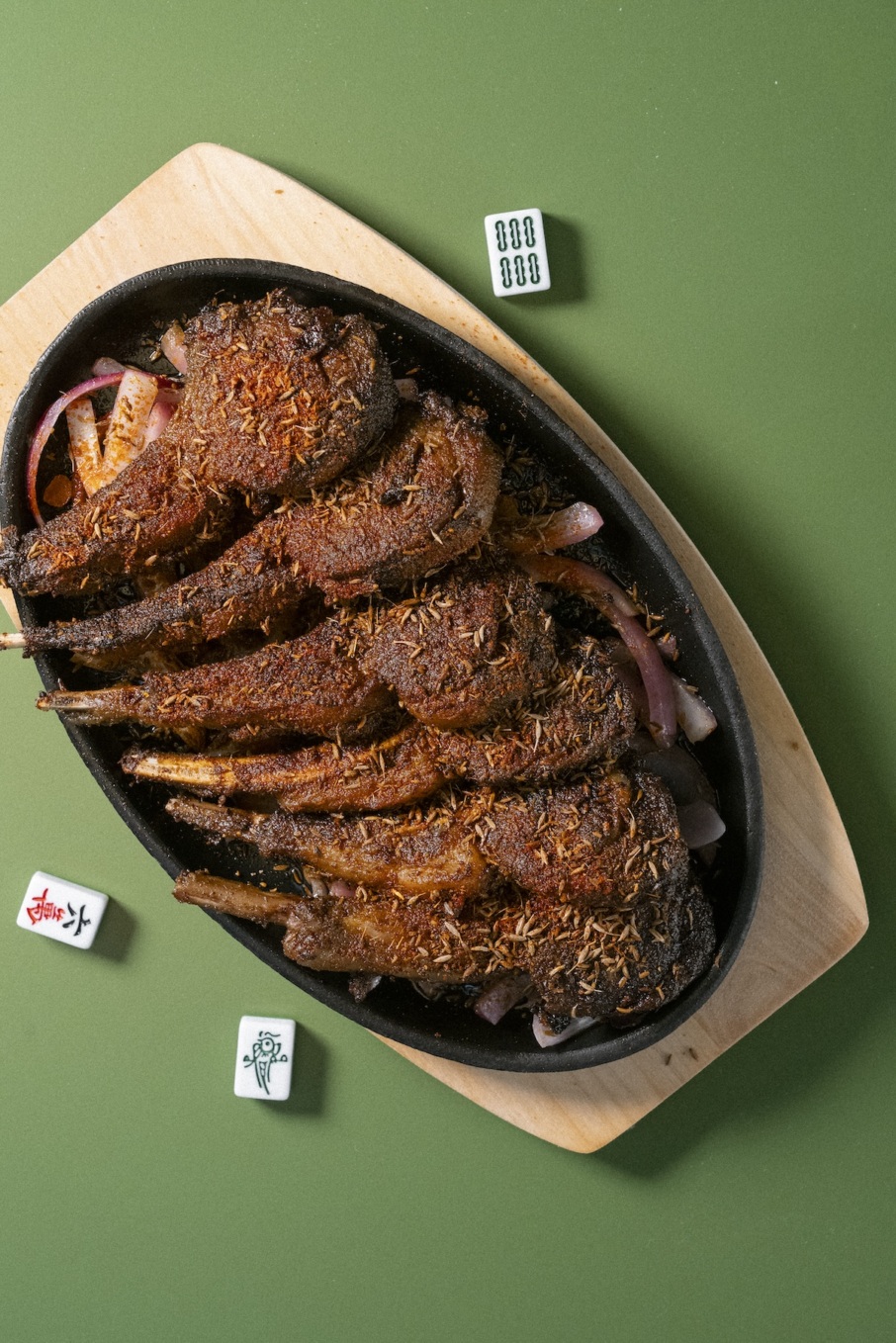
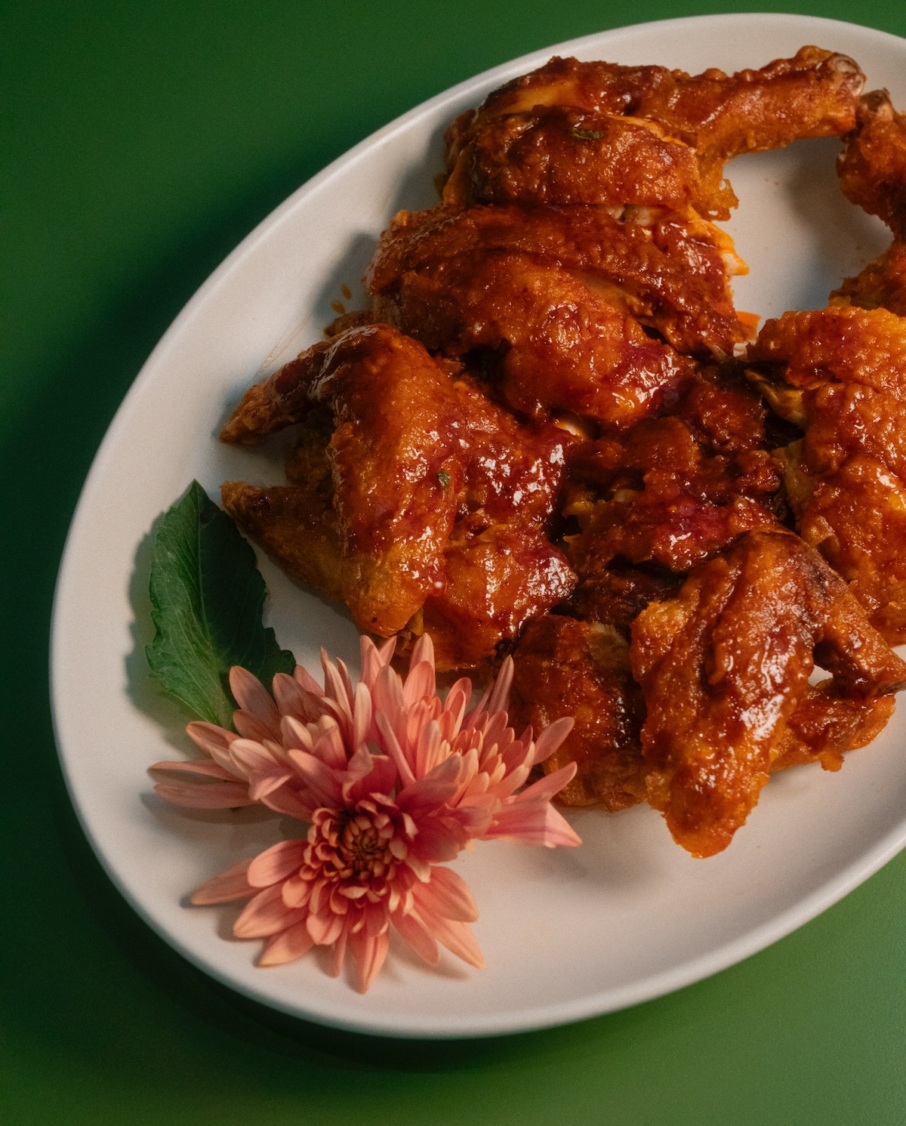
6. Here are some suggested pairings.
We asked Grays to help us to find the perfect drink pairing for five dishes on the menu. Here’s what she recommends:
The Dish: Thai Basil Salt & Pepper Calamari
The Drink: Sun, Moon, Rising, ‘Capricorn,’ Vidal Blanc, Finger Lakes, N.Y.
“Fried foods are a classic friend to bubble pairing, and pairing the salty, crunchy calamari with a crispy clean bubble is the move,” she says.
The Dish: Steamed Clams with Garlic, Chile Black Bean, and Lime Sauce
The Drink: Sokol Blosser, Pinot Gris, Willamette Valley, Ore.
“This wine is from Susan Sokol, a pioneer winemaker from Willamette, Ore.,” Gray notes. “The tropical fruit notes and acid in the wine very much complements the garlic, chile, and briny clams. They play very well together as opposites.”
The Dish: Beef Short Ribs
The Drink: Anna Martí Pitar, Ca N’Estruc ‘BI’, Cataluña Spain
“These ribs are juicy and fatty with spicy and sour sauce,” Grays explains. “Since it’s beef, one might think to go red, but it’s beef that’s fried, salty and has a rub made of an array of secret spices. This wine has a bit of skin contact and the notes are candied ginger, orange peel, and Christmas baking spices. It’s a lovely match, with just enough acid to cut through the meat and enough aromatics and texture to make it a sublime match. Washing down that tender fried meat with an aromatic skin-contact wine like this was very special and unlike anything I’d had before.”
The Dish: Sizzling Pan Cumin Lamb Chop
The Drink: Heya Wines, Kanz Red, Lebanon
“It’s a full-bodied red made lighter through this carbonic maceration process,” Grays says. “It’s fresh, full, dark, fruited juice, but easy on the palate.”
The Dish: General Tso’s Whole Chicken
The Drink: Statera Cellars, ‘Rudis’ Chardonnay, Willamette Valley, Ore.
“Roast chicken and Chardonnay have always been a match,” says Grays. “They love each other, they go together. This one has a bit of an edge though, because you get a bit of sweetness from the chicken and a dry smokiness from the Chardonnay that compliments that sweetness. It brings it down a bit into a very moody and ethereal place.”
The food might be what gets you in the door at Nin Hao the first time, but Li the drinks and welcoming vibes will bring you back. With an entire menu worth sampling and a seasonally changing wine list, there are few better reasons to journey to this stretch of Prospect Heights. It’ something Li and his team have been working toward for a lifetime.
Nin Hao is open for dinner daily starting at 5 p.m.
Kyle Beechey is a New York-based freelance writer and dinner party enthusiast who lives on the Lower East Side. Follow her on Instagram. Follow Resy, too.






